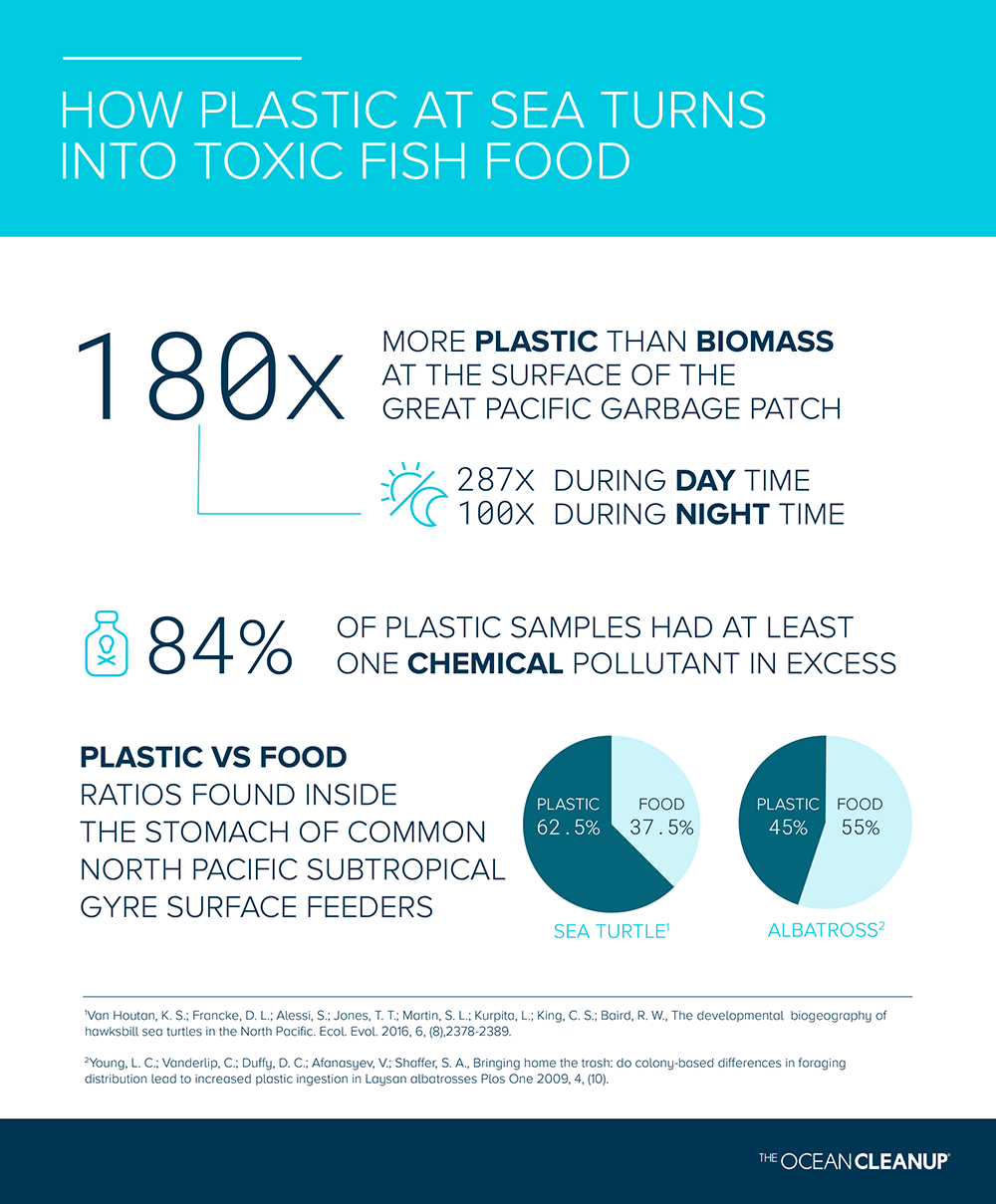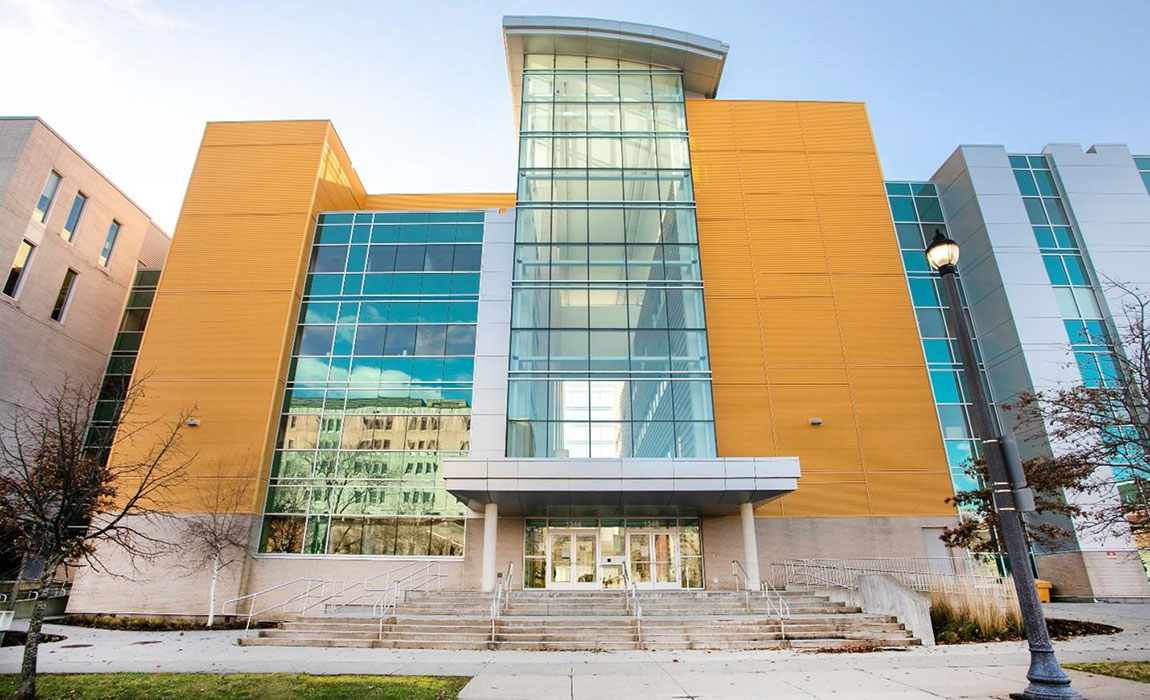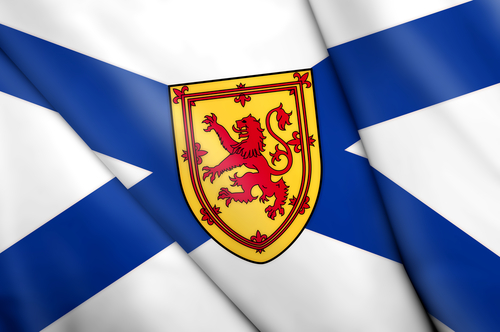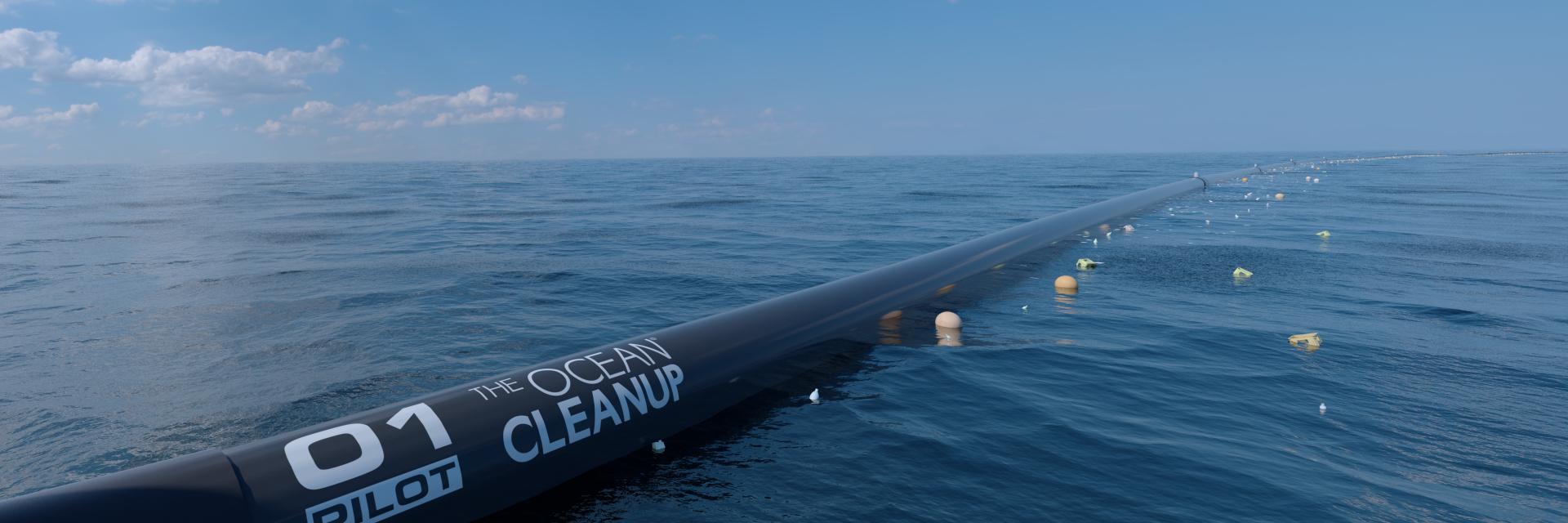From Marine and Environmental Law to The Ocean Cleanup
Tuesday, February 27, 2018
Nicholas Katsepontes has been occupied by the state of the oceans for a long time.
After graduating from Dalhousie University (BA 82, LLB 88, LLM 95), recognized internationally for its marine and environmental law programs, Nicholas practiced maritime and fisheries law in Halifax until 1992. He then left for Ottawa to work as Policy Advisory with the Department of Foreign Affairs on foreign overfishing, a major resource and environmental crisis facing Atlantic Canada in the 90s. Nicholas now practices law part-time and leads a merchant investment bank that deals with marine-related projects.
“For me, ocean resources, their management, and abuse – everything from how we handle fishery stocks to pollution – have always been a very sensitive topic. I think future generations really have to become a custodian of our natural resources,” he says.
Several years ago, Nicholas was inspired by a TED Talk delivered by Boyan Slat, just a teenager at the time, about the Ocean Cleanup and finding a way to remove the large garbage patches consisting mostly of plastic in the oceans. Although not perfect, it seemed to be an ambitious plan to, at least, begin shedding light on what is being dumped into the oceans.
“The amount of plastic entering the oceans is truly phenomenal. When you throw a bottle into the garbage or into the park or into the river, there is a likelihood it is going to end up in the oceans. People must consider where plastic ends up, and the cumulative effect of this on a global basis. This is threatening the ecosystem and the ability of the oceans to sustain themselves.”
Across our oceans, there are five major areas where plastics accumulate due to converging currents, the largest of which is located between Hawaii and California and is known as the Great Pacific Garbage Patch. Boyan’s plan was to use the currents and implement passive drifting systems designed to collect the garbage. Ocean Cleanup estimates that the first systems, being implemented in early 2018, will take approximately five years to clean up half of the Great Pacific Garbage Patch.
Cleaning up the oceans isn’t just about visual appeal. The plastics currently drifting with the tides affect our ecosystems, health, and economy. Numerous studies found there is more plastic than food for sea life near the areas of accumulated plastic. For example, sea turtles feeding near the Pacific Ocean patch were found to have 40% more plastic than food in their stomachs.

Intrigued by Boylan’s presentation and ideas, Nicholas volunteered as Executive Counsel & Legal Advisor for The Ocean Cleanup, which at the time was still in the very early stages of becoming a not-for-profit. He led a team of lawyers from around the globe and coordinated legal research for a feasibility study that was multi-disciplinary and examined all aspects of the project. The research examined questions that went much deeper than what many may typically consider. Who owns the plastic? Who has the right to collect it? What are the legal implications of bringing it ashore? The legal issues are unique given much of the plastic is in international waters. While there are many plastic bottle caps in the ocean, there are also, for example, expensive fishnets that have been accidentally lost at sea. And while removing garbage from the oceans is unquestionably a good thing, what is the impact of the plastic-collecting structures on certain species, such as turtles, dolphins, and migratory fish?
“It was staggering,” says Nicholas. “But I think that’s what really fascinated me about this project from the start. It was one of those big-picture ideas - a really good idea, [but then you have to ask], ‘how do we build the legal, the technical, the science, and the understanding to make it happen?’ Sometimes when you pose one of those big questions you end up with more questions than answers. We must think about how humans are interacting with the planet, what residue we are putting into the oceans, and what is the long-term impact.”
Asking these questions and developing a solution to remove plastics from our oceans inevitably brings up the other side of the story: how is the plastic getting into the ocean in the first place? Nicholas believes we need to start at square one and begin by thinking about the legal, environmental, and moral implications of what happens when we create a piece of plastic.
“It’s a reflection of our dependency on the carbon-based, oil-based economy to produce a lot of products…and in a societal manner we have to adjust how we look at our packaging [of products] and things of this nature. That’s a big shift in thinking, and it’s a big commercial shift as well. What does this mean from a policy perspective in terms of how you persuade people to look at other incentives and other approaches?”
For Nicholas, though, the most important thing that’s coming out of this project and this movement is that people are beginning to talk about the problem of plastic.
“The more people focus on the issue, and the more creative energy applied, the more ideas will evolve and so will the solutions that may give rise to new commercial opportunities, be it recycling or alternative packaging.”
And Nova Scotia may be just the place for entrepreneurs to dip their feet into the ocean cleanup movement. What are the recycling capabilities? What is the implication of eating fish that have consumed the microplastics? Can we create plastics that will, eventually, break down? There is a lot of research left to be done on the subject, beyond simply trying to clean up what is already in the oceans. Nicholas believes Nova Scotia has the resources to do it, and should consider come of the questions as emerging opportunities. With access to Global Advisors like himself, Nova Scotian entrepreneurs have access to mentors and can plug into outside sources, allowing innovation to foster in the coastal province.
“I don’t doubt there will be industries that emerge out of this that could be based in Nova Scotia,” he says.
Nicholas Katsepontes is one of more than 2,000 proud Nova Scotians, friends, alumni and expats involved in ConnectNS.
ARE YOU A FRIEND, EXPAT OR ALUMNI OF NOVA SCOTIA WITH AN INSPIRATIONAL STORY TO SHARE? IS YOUR NOVA SCOTIA BUSINESS MAKING GREAT STRIDES INTERNATIONALLY? LET US KNOW AT CONNECTNS@NSBI.CA
Photos by The Ocean Cleanup





